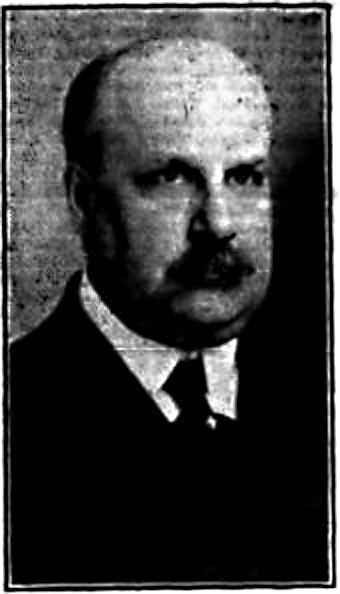Forgotten Figures in Oceanside History
While not the first contested election in the Oceanside Union Free School District’s history, the 1918 Board of Education election had a profound impact on both the future development of the district and the Oceanside community. In the spring of 1918, popular and respected Supervising Principal Vann A. Smith, the fourth person to hold the position in the previous five years, submitted his resignation which the board promptly accepted. His resignation reflected a frustration felt by a sizable contingent of the community that the board majority was not following through on its commitment to provide adequate facilities and programs for the District’s students.
The board consisted of five members, each elected to three-year terms, and by 1918 it had developed a 3-2 split. The majority, consisting of President Charles McGuirl, William Brower and Charles Pettit, supported accepting Smith’s resignation and thought it best to spend funds prudently given the country’s involvement in World War I and the U.S. government’s request that local governments put off public improvements to conserve materials, money and labor. They also moved to hire their first choice for supervising principal for 1917, with whom they bypassed due to his salary requirement.
The minority on the board — Edwin Burtis and Thomas V. Combes — supported retaining Smith and spending the monies needed to add an auditorium and gymnasium to the school, as well as expand the high school’s departments.
But as everyone knows, the majority rules.
That was, however, until Brower, whose term was expiring, announced that he would not be seeking re-election. Suddenly the 3-2 majority was up for grabs. In effect, the person who would succeed Brower on the board would determine which direction the district would go in regards to choosing its supervising principal, improving its facilities and expanding its high school programs.
For months leading up to the election, George E. Sammis was the only declared candidate. Sammis, who lived at 177 Lincoln Ave. in Rockville Centre, was a well-regarded and respected member of the community. He had served one term as a trustee on the Rockville Centre village board and had recently lost in a close primary for village president.
Sammis was in favor of retaining Smith. He became aligned with and was strongly backed by the community’s so called “progressive” movement. In large part his campaign was led by Edna Kearns, from Waterview Road, and Sarah Cooper, from Second Street. The Cooper-Kearns faction pushed hard for Sammis. The civil association also strongly supported and endorsed Sammis.
District elections were held on August 6, 1918. While many thought that Sammis would have no opposition, it was rumored that a “dark horse” would emerge. And it was an ominous sign for the progressives when G. Byron Latimer, who was supported by the “Conservative” faction defeated its choice of chairman for the annual meeting, Rufus H. Smith. The conservatives nominated James H. Noon, a well-regarded individual in the community.
Sammis tried to dispel rumors that he favored immediately building a new auditorium, rather he favored adopting a plan to do so. He also stated that he: was not identified with any particular group, made no promises to anyone and would cooperate with all other board trustees. Noon defeated Sammis by a vote of 192-107.
The 1918 election brought out a large portion of the Oceanside electorate. While extremely well regarded, it was felt by many that Sammis and Rufus Smith had gotten into “bad company.” Their supporters were believed to have used students as pawns to get petitions signed and parade in protest and provided local newspapers with vicious and biased information about the board majority. Additionally, they also sent newspaper clippings and letters to Johnson, the new man offered the supervising principal position, boasting that there would be change on the board since they were electing a new trustee. They told Johnson that he would never make it to Oceanside because their new trustee would insist and force Vann Smith’s return. The community at large strongly disagreed with Sammis’ “company’s” tactics and cast their votes accordingly.
And through the chaos came order: the irony from this acrimonious forgotten episode in Oceanside’s history was the emergence of a new and undeterred supervising principal, S. Taylor Johnson, who would figure out how to maneuver through and work with the factions to finally bring stability to the Oceanside School District.






